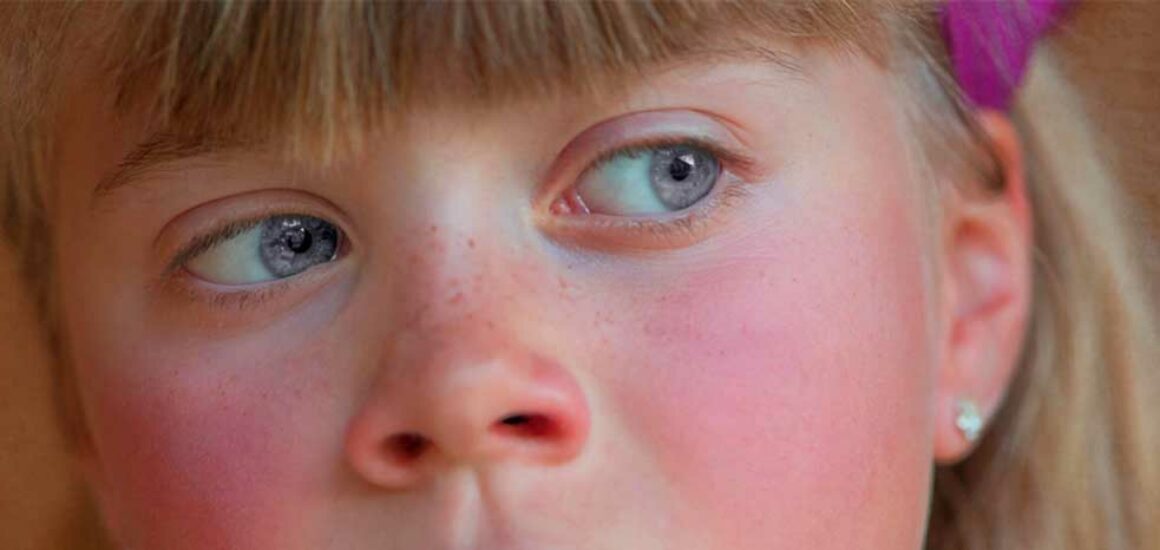Four Types of Rosacea
Rosacea is a common skin condition that causes the blood vessels in your face to become more visible, and produces redness around your cheeks. It may look like “blushing” but it’s actually a form of skin irritation and inflammation. In some instances there might be the appearance of small, red bumps that may or may not contain pus. Rosacea flare-ups can sometimes be as short as a week, and can be as long as many months. The exact cause of this skin condition has yet to be determined. It may be a mix of genetics, lifestyle choices like smoking and alcohol consumption, and even these tiny micro-organisms found in our skin called demodex. However, dermatologists have determined that there are four different types of this disease:
- Erythematotelangiectatic Rosacea – Also known as ETR, this is the most common type of rosacea with the mildest form of symptoms. It’s characterized by the reddish appearance of the blood vessels around your cheeks and face that look like you are blushing.
- Phymatous Rosacea – This type of the disease results in the thickening of the skin. The thickening can mostly be found around the nose, and has a bumpy texture when felt with your fingers.
- Ocular Rosacea – This type of rosacea affects your eyes. Occular rosacea gives them a bloodshot appearance and is accompanied by irritation, stinging or a burning sensation of your eye area as well. There may also be some crusting and dryness around your eyelids.
- Papulopustular Rosacea – The appearance of acne-like bumps appear on your face and some swelling are usually the symptoms of this form of rosacea. The pustules themselves resemble whiteheads but are not exactly acne-related.
There are many treatments for rosacea, and it all depends on which type you’re dealing with. A dermatologist’s diagnosis can help determine which type you have, and which treatment would work well for you.




